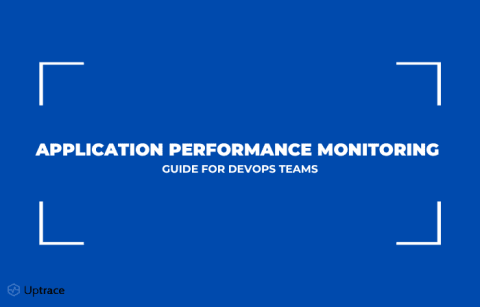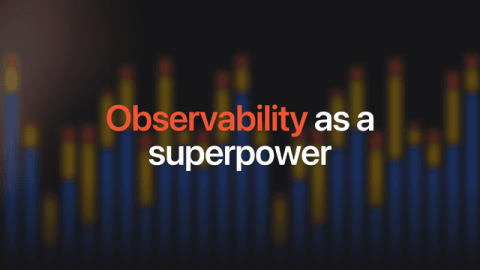140x cheaper than Datadog: why storing observability data on-prem makes sense
I’ve heard this story many times from production engineers: ‘We use tools like Datadog and NewRelic, but to keep costs from skyrocketing, we’re only monitoring our most critical services. We’re storing just 10% of our logs and traces and only the metrics we consider essential. It’s a frustrating situation. Engineers want full visibility across their systems, but cloud storage costs make it impossible to monitor everything.











